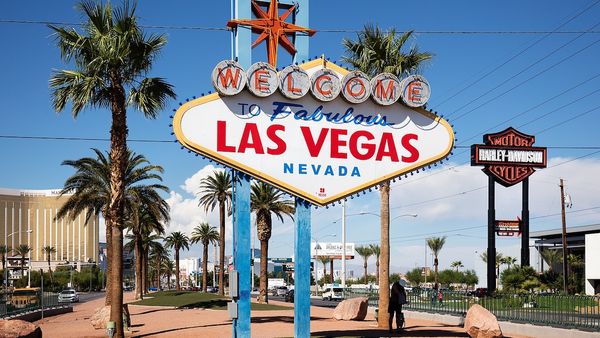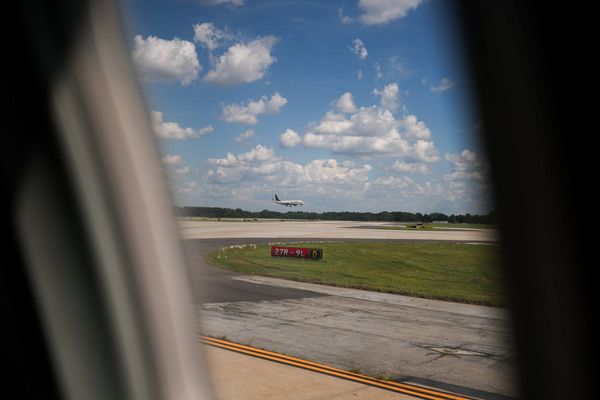- Hawaii's Kilauea volcano, one of the world's most active, has resumed erupting, shooting an arc of lava 100 feet (30 meters) into the air within its summit crater.
- This marks Kilauea's 31st eruption since December, with the molten rock contained within the summit crater, posing no threat to nearby homes.
- The eruption is caused by magma rising from a lower chamber, forcing its way through an upper chamber and to the surface via narrow vents, often resulting in spectacular lava fountains.
- Scientists monitor the volcano for signs of eruption, though they cannot predict its exact duration or how it will evolve, noting that recent episodes have been shorter, lasting around 10 to 12 hours.
- The eruptions draw significant visitor interest to Hawaii Volcanoes National Park and hold deep cultural significance for Native Hawaiians, who connect the lava to the volcano goddess Pele.
IN FULL







